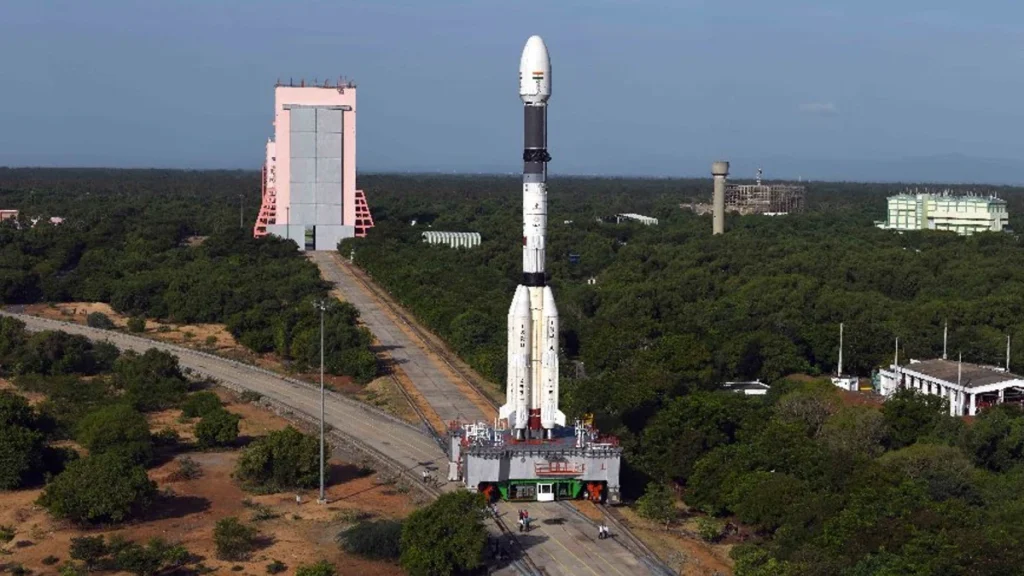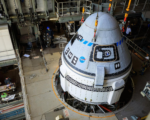ISRO’s Expanding Vision Follows India’s Groundbreaking South Pole Lunar Landing
India’s space agency, the Indian Space Research Organisation (ISRO), is projecting a 20% to 30% increase in its budget in the coming years, according to its Chairman, S. Somanath. During a Reuters NEXT Newsmaker interview, Somanath hinted at the agency’s growing financial needs to support its ambitious space exploration and technology programs. While ISRO’s budget expectations signal a growing focus on expanding its capabilities, specific details about the allocations and upcoming projects remain limited. However, he did make one notable comparison: ISRO’s rocket launch costs are comparable to those of SpaceX, a statement underscoring India’s competitive position in the global space industry.
Somanath also discussed ISRO’s plans for a new heavy-lift booster rocket, which would significantly expand India’s ability to carry larger payloads into space. This project, still in development, will likely be funded through a combination of public and private investments. By leveraging both sectors, ISRO aims to enhance its infrastructure and expand its capabilities in the global space economy. Heavy-lift boosters are critical for more complex space missions, including deep space exploration and launching larger satellites.
One of the long-term goals Somanath highlighted is India’s plan for crewed spaceflight, a mission that would elevate the country’s status in the space race. ISRO has already initiated several programs, such as the Gaganyaan Mission, which aims to send Indian astronauts into space. While progress is steady, the success of such a mission will depend heavily on both technological advancements and adequate budgetary support. The anticipated increase in funding will be crucial in making India’s dream of sending humans to space a reality.

The Indian government has demonstrated its commitment to space exploration by allocating 130 billion rupees ($1.55 billion) to its space department this year. While this amount is substantial, ISRO’s ambitions—ranging from lunar exploration to developing advanced satellite technology—require sustained financial growth. In particular, the agency needs increased resources to meet its goals in competitive fields like satellite deployment, interplanetary missions, and space commercialization.
ISRO has already made headlines with its Chandrayaan missions and successful Mars Orbiter Mission (Mangalyaan). These missions, achieved with relatively modest budgets compared to their global counterparts, showcased India’s ability to innovate cost-effective space technology. However, the upcoming challenges—such as more complex interplanetary missions and lunar landings—will demand not just innovation but also significant financial backing to compete with the likes of NASA, SpaceX, and other global space players.
In addition to its government-backed missions, ISRO’s success will also hinge on its ability to engage with the private sector. By encouraging private investment, the agency can reduce financial pressure while fostering collaboration that could lead to breakthroughs in satellite technology, space tourism, and commercial rocket launches. Somanath’s optimistic outlook for ISRO’s future highlights not just the agency’s technical expertise but also its readiness to adapt to a rapidly evolving space industry, ensuring India remains at the forefront of space exploration in the coming decades.

















